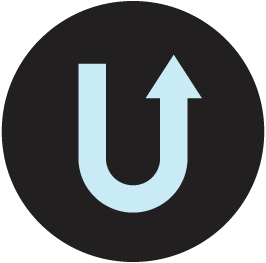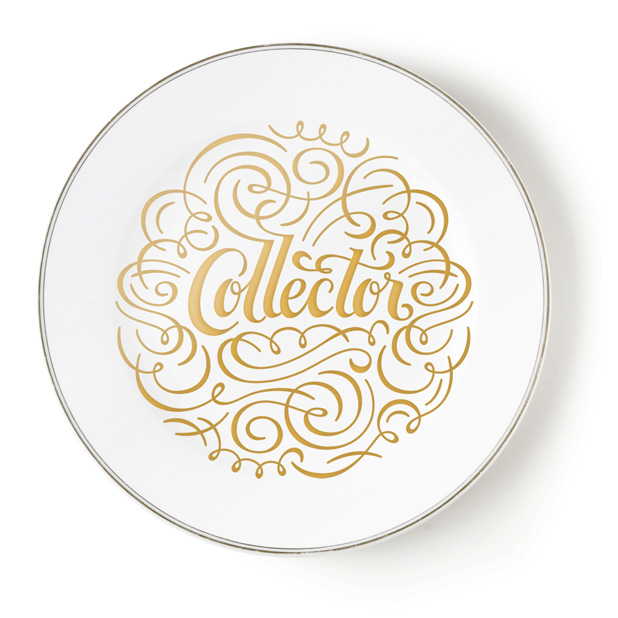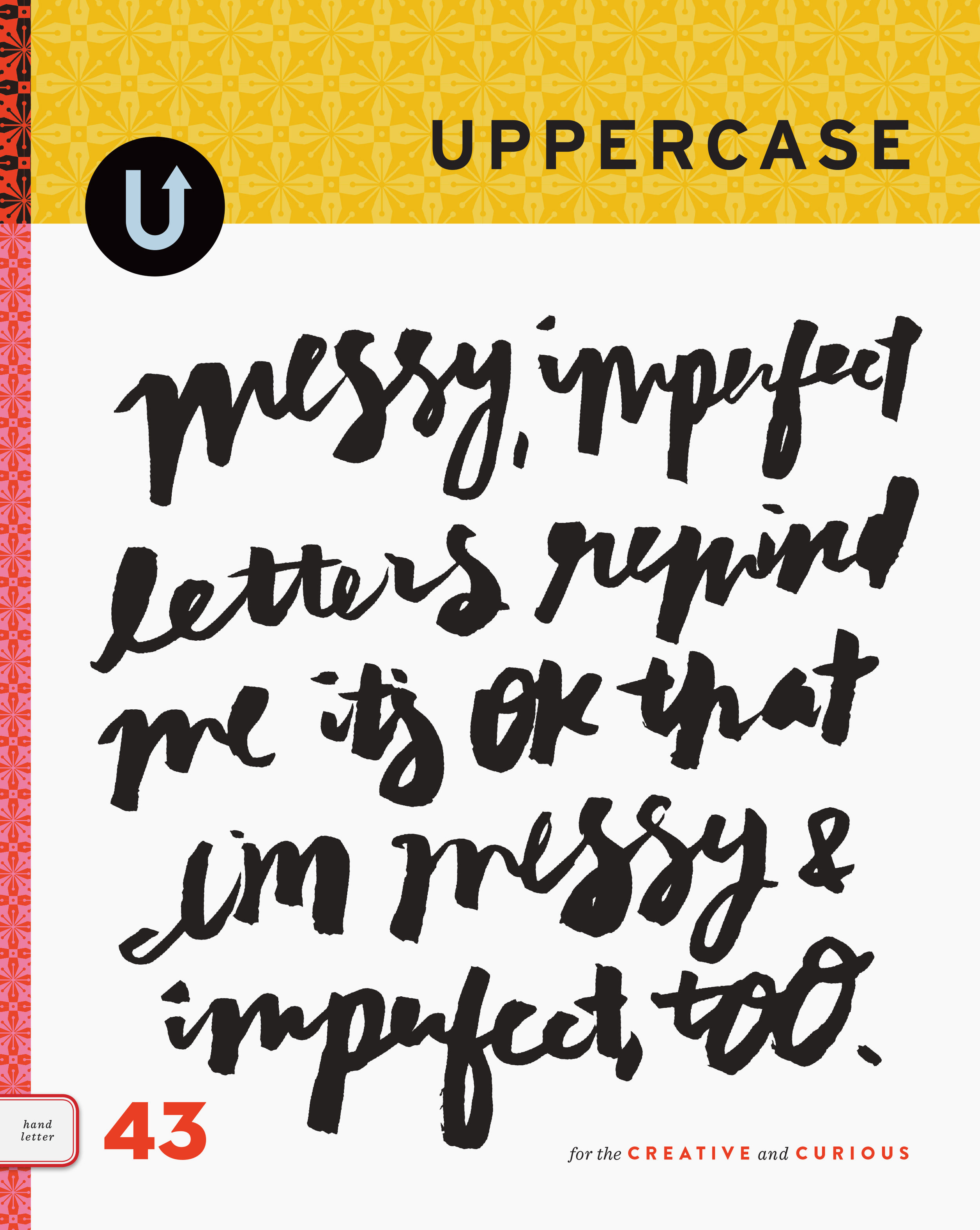Mark your calendar for DesignThinkers Vancouver
/We've featured the DesignThinkers conferences in Toronto quite a few times here on the blog and in social media in the past few years. They been generous in granting UPPERCASE a media pass so that a correspondent can attend, tweet, instagram as well as interview some of the speakers. Some of those interviews or connections have made their way into our printed pages.
Coming up this May, DesignThinkers is heading to Vancouver and I'm partnering with them to spread the world.
DesignThinkers Vancouver
RGD's Conference offers in-depth analyses of trends and best practices in branding, design thinking, design management, communications technologies and user experience with a range of opportunities to exchange ideas with colleagues, new and old. Attendees leave with a reconsidered and refined design or creative process, feeling inspired, refreshed and connected to the creative communications community.
Conference registration includes two days of speakers, a creative marketplace, roundtable discussions, portfolio reviews, food and drink at our Delegate Party, studio tours and a multitude of opportunities to network with top design professionals.
Tuesday, May 29 and Wednesday, May 30, 2018
Vancouver Playhouse
600 Hamilton Street, Vancouver, BC.
The speakers include:
Pia Betton, Partner at Edenspiekermann
Krys Blackwood, Senior Lead UX Designer at NASA JPL
Aaron Draplin, Founder of Draplin Design Co.
Stephen Gates, Global Head of Design at Citi
Randy Hunt, VP of Design at Etsy
Michael Lejeune, Creative Director at LA Metro
Meg Lewis, Founder of Ghostly Ferns
Ellen Lupton, Writer, Curator and Graphic Designer
Jamie Myrold, VP of Adobe Design
Gemma O’Brien, Australian Designer & Artist
Sebastian Padilla, Co-Founder & Creative Director at Anagrama
And more!
UPPERCASE readers can enjoy 10% off registration! Signup to my newsletter for the details.
For more information, head over to designthinkers.com/Vancouver.




































































